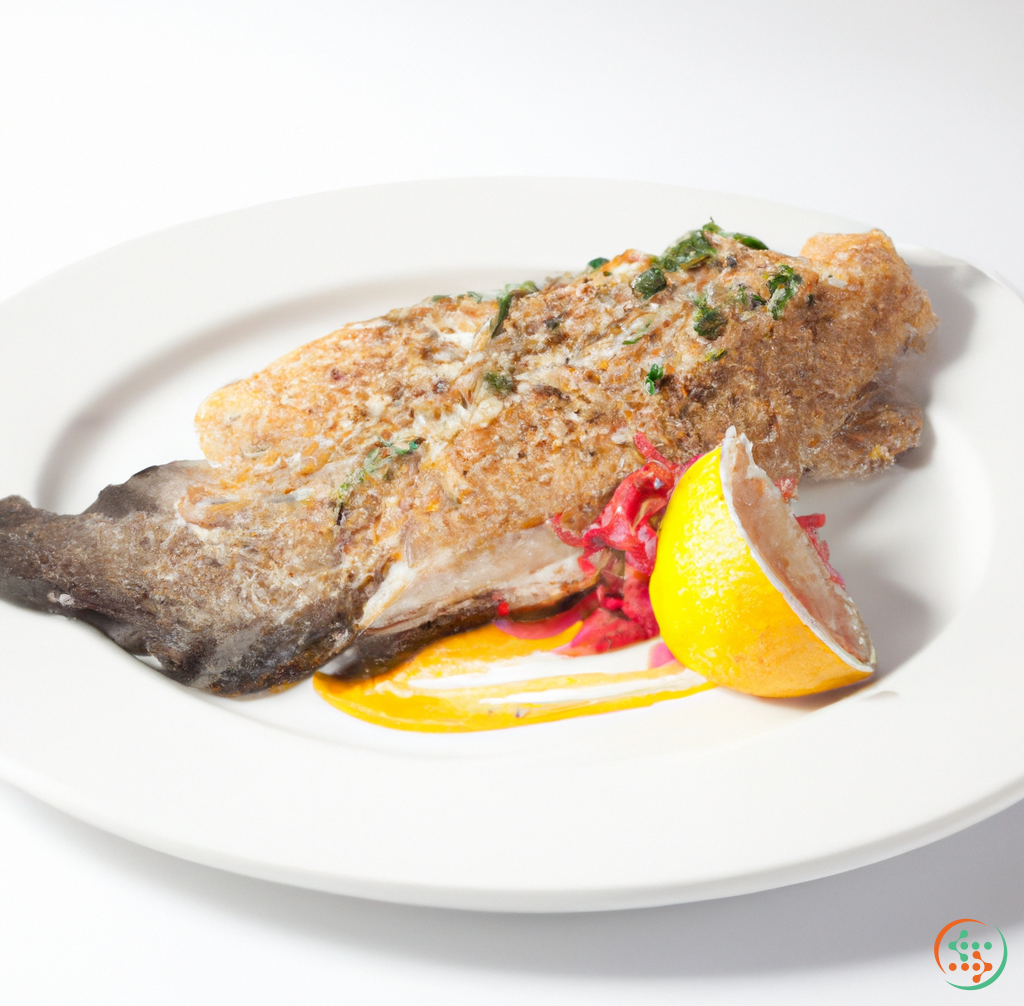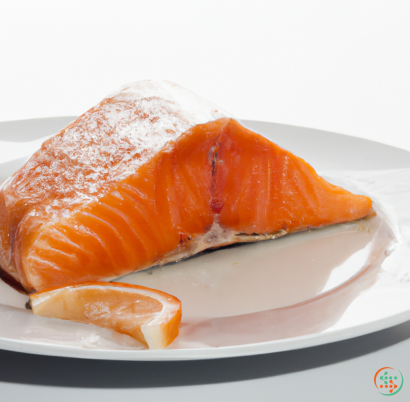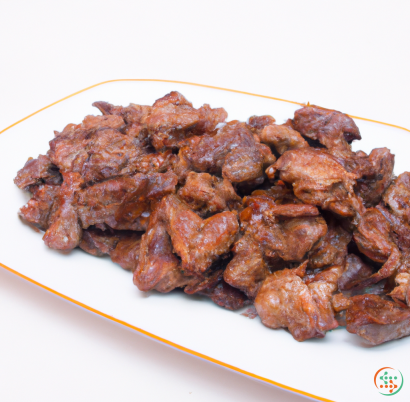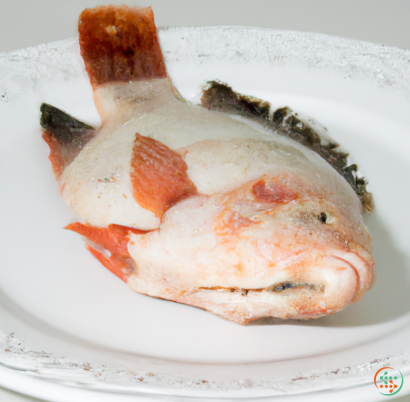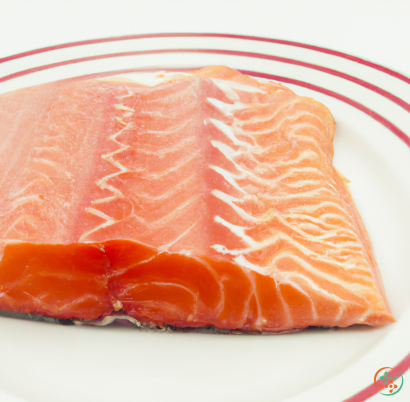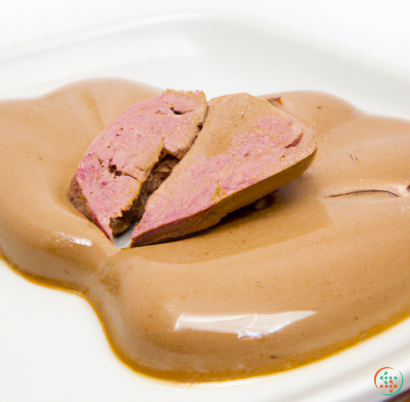Grouper
A grouper is a large species of fish that’s native to the tropical and subtropical waters of the Atlantic, Pacific, and Indian Oceans. While there are over 200 species of grouper, only about 20 are commercially important due to their large size, firm flesh, and flavor. Groupers are popular among anglers, chefs, and conservationists alike, making them one of the top-caught and appreciated finfish in the world.
The key physical feature of a grouper is its large size. Many species grow up to five feet and can weigh more than a hundred pounds, though they usually average between 10 and 60 pounds. Groupers have deep red to brown heads with a stocky body and thick skin. They have a distinctively large mouth and large eyes that protrude out of their head, which give them the appearance of being perpetually surprised.
Despite their large size and formidable appearance, groupers are actually quite docile and non-threatening to humans – so much so that they are often seen swimming alongside divers and snorkelers. They usually feed on smaller fish, crustaceans, and mollusks, but they have been known to scavenge when necessary.
While all species of grouper are harvested in some capacity, some are far more popular than others. The Atlantic Goliath, for instance, is a favorite among sport fishermen and gourmands, due to its firm flesh and rich flavor. Other popular varieties include the Red Grouper, the Black Grouper, and the Nassau Grouper.
When it comes to harvesting, many types of grouper are subject to overfishing, particularly in the United States. This is because the large size and rich flavor of some varieties, coupled with their slow growth rate, make them very desirable to both anglers and commercial fisheries. To combat this, many countries around the world have enacted legislation which severely restricts the harvest of certain species, while also instituting size limits and other protections.
The conservation and preservation efforts related to groupers have paid off, as the populations of some species have begun to rebound in the last few years. This has given rise to a new generation of grouper fishermen, who are pursuing this valuable species in a sustainable manner. As a result, groupers have become even more popular among anglers and commercial fisheries alike.
For all of the excitement surrounding groupers, there is also a downside – as with any species, there are certain risks associated with consuming them. Despite the best efforts of fishermen and conservationists, teaming up to promote sustainable harvest, contamination of seafood is still an issue. This can occur when fishing activities such as bottom trawling or longlining bring contaminated material from the seafloor up with the catch – often impacting the grouper’s flesh. For this reason, it’s important for consumers to look for the Marine Stewardship Council label when shopping for grouper, as this indicates that the species has been sustainably harvested.
At the end of the day, grouper is a delicious and versatile finfish with a lot to offer. Whether you’re snorkeling around coral reefs searching for a glimpse of these giants or preparing a feast in your home kitchen, groupers will make a memorable and enjoyable experience. So, remember to always check for sustainability certifications and respect size limits, and you can spend your days pulling in these prize gamefish, enjoying a delicious meal, and protecting their populations for future generations to come.
Grouper: From Ocean to Dinner Plate
When it comes to white, mild-flavored fish, grouper is a favorite among seafood lovers. With its light, buttery taste and firm texture, this mild fish can lend itself to a variety of preparations, from steaming to baking to grilling. But what's the journey between its natural habitat and the plate of a restaurant patron? Let's take a look at how grouper comes from ocean depths to the dinner plate.
From the Waters
The vast majority of grouper come from the oceans, typically in tropical and subtropical waters. Several species in the family are found in the Atlantic, Indian, and Pacific Oceans, as well as some in the Mediterranean Sea and Gulf of Mexico. On the East Coast, where grouper is particularly popular, barrelfish, black grouper, Warsaw grouper, scamp and yellowfin are all significant sources. Out West, California's Pacific waters provide the colorful red and yellow grouper.
In many instances, grouper isn't caught by traditional fishing methods like trolling or netting. Instead, fishermen use a technique called "hook-and-line" in which baited hooks, attached to weighted lines, are dropped close to the seabed. When a fish takes the bait, it can be easily reeled in using the line (and sometimes a rod). This method is thought to be less damaging to fish stocks than trawling and dredging.
Head for the Markets
Once caught, the grouper then moves from the water to the land. Grouper is typically sold in one of two forms: fresh, or frozen and processed. Most grouper are sold fresh in fish markets and supermarkets, and will often be "blast frozen" within an hour of being caught. This process locks in flavor while also killing parasites and bacteria, making it ideal for sale in markets.
When sold frozen and processed, the fish is typically filleted into edible portions and vacuum sealed. This prevents odor and bacteria growth, stops the fish from drying out, and prevents flavor loss. The filleted portions are then blast frozen once again, locking in their flavor and texture.
Transportation Period
Once caught, processed, and packaged, the grouper can then move to its destination. In general, fish is delivered very quickly from the port to the restaurant or market, usually within 24 hours of being caught. During transportation, temperatures must be maintained at between -20°C and +4°C, to ensure that the food stays safe for consumption.
In the Restaurant
When the grouper arrives at the restaurant, the chef has several decisions to make. Will it be baked, broiled, grilled, or steamed? Will it be paired with a sauce or savory side dish? Once the dish has been decided on, the chef will then have to expertly prepare the fish.
The first step is to defrost the fish. To do this safely, the grouper should be placed in the refrigerator and slowly brought back to room temperature. This typically takes a few hours. Once the fish is at room temperature, the chef can then season it according to taste and begin the cooking process.
When it comes to baking and broiling, grouper does best when cooked at a relatively high temperature. For instance, a conventional oven should be set to at least 425°F (218°C). During the cooking process, the grouper should be brushed with a light coating of oil to prevent it from drying out.
Grilling is also popular with grouper, as the direct heat of the flames can create unique flavor and texture. However, since grouper is a looser textured fish, care must be taken to ensure that it doesn’t ultimately fall apart. To ward off this possibility, consider investing in a fish-grilling basket, which will keep the fish together while grilling.
Steaming is perhaps the best preparation method for grouper, as it accentuates its moist, flaky texture while preserving its natural flavor. The chef should take care to not overcook the fish; 10 minutes should be plenty of time for the grouper to become properly cooked.
Finally Plated
Once the grouper is cooked to perfection, the chef arranges the dish on a plate and adds any side dishes or garnishes as desired. At this point, the grouper should be served immediately, as its delicate flavor will begin to dissipate if left to sit for too long.
Conclusion
And just like that, a fish has gone from ocean depths to the dinner plate. From a sustainable fishery, to the fish market, to the chef, each individual plays a crucial role in this journey. Whether you’re having your grouper baked, broiled, grilled, or steamed, you can be sure that it’s been given the attention and respect it deserves on its trip from ocean to plate.
| Vitamin A | 0.05 mg | |
| Vitamin B1 | 0.08 mg | |
| Vitamin B2 | 0.01 mg | |
| Vitamin B3 | 0.38 mg | |
| Vitamin B5 | 0.87 mg | |
| Vitamin B6 | 0.35 mg | |
| Vitamin B9 | 0.01 mg | |
| Vitamin B12 | 0.69 ug |
| Calcium | 0.021 grams |
Daily Value 1.3 g
|
| Iron | 0.00114 grams |
Daily Value 0.018 g
|
| Magnesium | 0.037 grams |
Daily Value 0.4 g
|
| Phosphorus | 0.143 grams |
Daily Value 1.25 g
|
| Potassium | 0.475 grams |
Daily Value 4.7 g
|
| Sodium | 0.053 grams |
Daily Value 2.3 g
|
| Zinc | 0.51 mg |
Daily Value 0.011 g
|
| Copper | 0.05 mg |
Daily Value 0.9 mg
|
| Manganese | 0.01 mg |
Daily Value 0.0023 g
|
| Selenium | 0.0468 mg |
Daily Value 0.055 mg
|
| Tryptophan | 0.278 grams | |
| Threonine | 1.089 grams | |
| Isoleucine | 1.145 grams | |
| Leucine | 2.019 grams | |
| Lysine | 2.282 grams | |
| Methionine | 0.735 grams | |
| Cystine | 0.266 grams | |
| Phenylalanine | 0.97 grams | |
| Tyrosine | 0.839 grams | |
| Valine | 1.28 grams | |
| Arginine | 1.487 grams | |
| Histidine | 0.731 grams | |
| Alanine | 1.503 grams | |
| Aspartic Acid | 2.544 grams | |
| Glutamic Acid | 3.709 grams | |
| Glycine | 1.193 grams | |
| Proline | 0.878 grams | |
| Serine | 1.014 grams |
| Total Sugars | 0.131141 grams |
per 100g
|
| Myristic acid (14:0) | 0.03 grams |
|
| Palmitic acid (16:0) | 0.14 grams |
|
| Stearic acid (18:0) | 0.06 grams |
|
| Total Saturated fatty acids: | 0.23 g | |
| Oleic acid (18:1) | 0.09 grams |
|
| Palmitoleic acid (16:1) | 0.03 grams |
|
| Total Monounsaturated fatty acids: | 0.12 g | |
| Omega-3 Timnodonic acid (20:5) | 0.04 grams |
|
| Omega-3 Clupanodonic acid (22:5) | 0.02 grams |
|
| Linoleic acid (18:2) | 0.02 grams |
|
| Total Polyunsaturated fatty acids: | 0.08 g | |
| Cholesterol | 0.05 grams |
|
| Total Sterols: | 0.05 g | |
